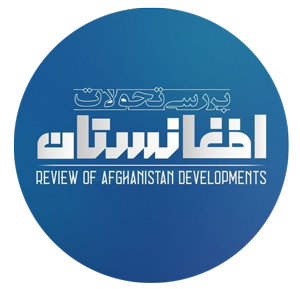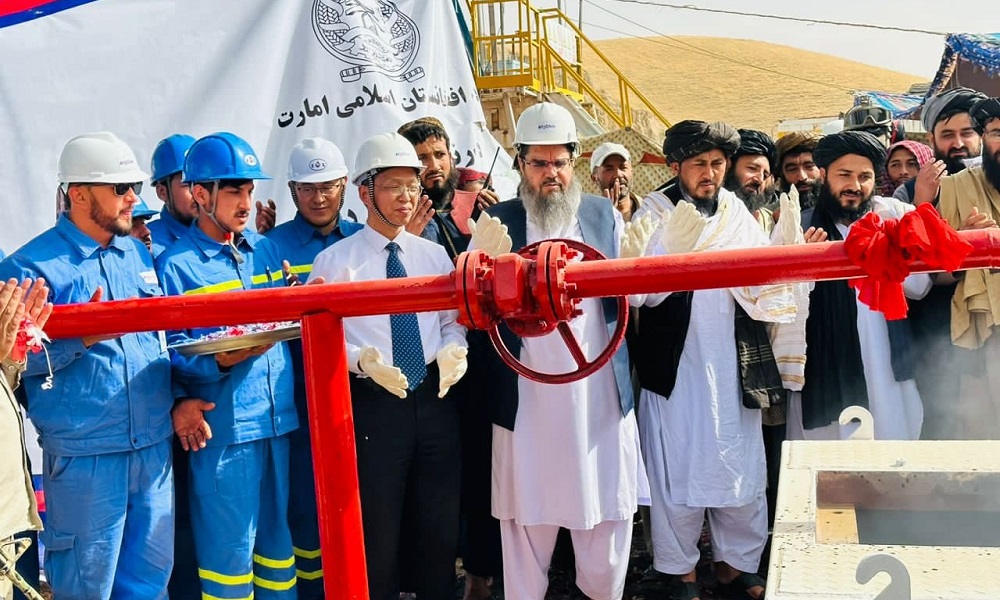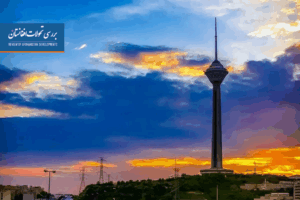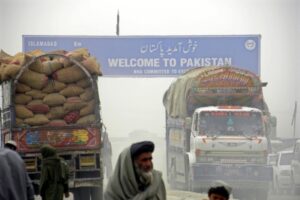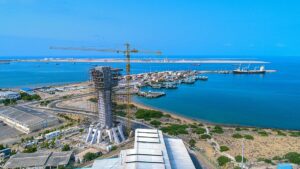Review of Afghanistan developments
Throughout the last three and a half years, the Taliban government has concentrated on the mining and oil extraction sectors as a means to increase national income. It is also seeking to participate in international infrastructure projects to enhance its regional standing. The promotion of investment from both foreign and domestic sources in mining, oil, and gas, along with a growing number of contracts in these fields, signifies this policy. Moreover, the government’s particular focus on energy transmission lines and transit routes is indicative of its strategic objectives.
At the same time, the Taliban government’s significant actions aimed at fostering economic growth in Afghanistan and, subsequently, increasing its income have centered around the nation’s two principal and, crucially, unutilized sectors: oil and mineral resources.
A focused analysis of oil
According to a 2006 report by the U.S. Department of Energy, Afghanistan was estimated to have one billion barrels of oil reserves. However, the U.S. Geological Survey’s estimate for that year was nearly two billion barrels. Furthermore, some institutions have estimated that Afghanistan’s undiscovered resources could amount to 15.7 trillion cubic feet of gas and 1.6 billion barrels of oil.
The Angus oil field, which was discovered in 1959, stands out as the sole oil field in Afghanistan that experienced continuous crude oil production until it was halted in 2006. The remaining reserves are estimated to be approximately 6 million barrels.
Afghanistan initiated its first commercial oil production in 2012. The China National Petroleum Corporation (CNPC) began extracting oil from the Amu Darya basin in the northern region of the country, having signed a 25-year drilling contract. Wahidullah Shahrani, who was the Afghan Minister of Mines at that time, announced that the oil production from the Amu Darya basin was projected to reach 1,950 barrels per day, a milestone that could assist Afghanistan in attaining self-sufficiency and economic independence.
Following the rise of the Taliban government, Kabul engaged in discussions with international investors, notably from China, Uzbekistan, Russia, Iran, and the Afghan private sector, with China and Uzbekistan emerging as the primary contributors in oil sector. The Chinese have significantly boosted Afghanistan’s oil production, having drilled ten new wells in Sar-e-Pul province, resulting in a fourfold increase. Chinese investment in the first year totaled $150 million, and they have pledged to increase this amount to $540 million over the next three years.
The policy established by the Taliban government mandates that oil extracted within Afghanistan must undergo refining domestically rather than being sold in its raw form. As a result, several refineries have been established through both foreign and local investments. Presently, there are nine operational oil refineries in northern Afghanistan, which collectively provide 80 percent of the diesel consumed in the country. Recent statistics indicate that Afghanistan’s oil production from 24 wells amounts to 3,000 tons per day.
The potential for economic growth through Afghan gas is considerable as well. In mid-2024, an agreement was signed with the Uzbek Eriell company, which agreed to invest $1 billion in the Toti field block, a 7,000-square-kilometer area located in Jawzjan province, over the course of the first ten years.
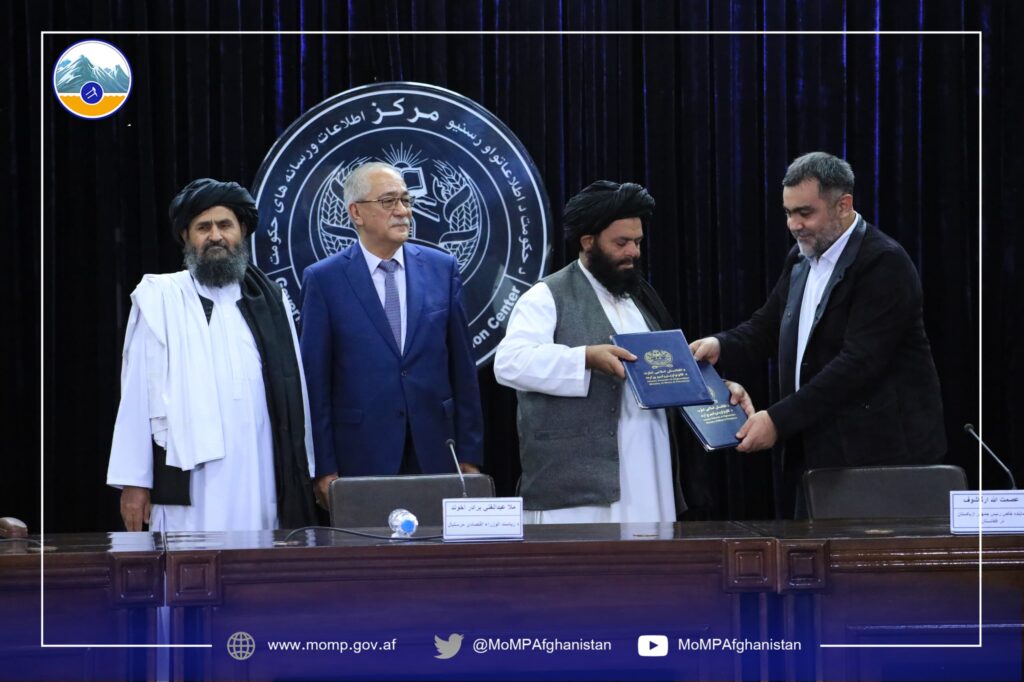
High mining capacity
With more than 1,200 mineral deposits, Afghanistan stands out as one of the most resource-rich countries in this sector. The total estimated value of its mineral reserves is around $3 trillion, which includes a wide variety of minerals. As reported by the United States Geological Survey, the country possesses 60 million tons of copper, 2.2 billion tons of iron ore, and 1.4 million tons of rare earth minerals.
With substantial lithium resources that may be comparable to the oil reserves of Saudi Arabia, Afghanistan stands to become one of the foremost mining centers in the world. The successful extraction of these lithium deposits could significantly alter the economic landscape of Afghanistan.
In the span of three and a half years, the Taliban government has achieved considerable success in securing investments within the mining sector. Notably, the total investment during this period has outstripped the overall investment from the previous twenty years, even in the face of the country’s non-recognition by the international community. The Taliban has managed to finalize agreements amounting to $6.5 billion in the mining sector.
The substantial investments in this sector are being made by companies from China, Qatar, Turkey, Iran, and England. These investments are largely directed towards the mining of iron ore, lead, zinc, and gold. Despite the fact that only a short time has elapsed since the agreements were established and that the mining operations will take time to begin, it is believed that the extraction of these resources will be vital for the economic advancement of Afghanistan.
Alongside the long-term investments, small-scale mining is currently in progress, playing a vital role in bolstering Afghanistan’s budget and economic growth. According to officials from the Taliban government, there are 150 mines being exploited throughout the country, with a total investment of $138 million.
Conclusion
In spite of the abundant resources and reserves noted, Afghanistan remains one of the most impoverished nations globally. The prolonged wars over recent decades has resulted in approximately 90 percent of the Afghan populace relying on foreign assistance, surviving on less than $2 daily. This situation highlights that Afghanistan’s extensive mineral, oil, and gas reserves have yet to positively influence the nation’s economy.
A significant shift following the events in Afghanistan in 2021 is that regional nations and several major global powers now view the Taliban government as a key player in fostering relative stability within Afghanistan. Consequently, there has been a movement towards endorsing substantial investments in Afghanistan’s mining, oil, and gas sectors. This implies that achieving stability in Afghanistan may result in considerable advancements in the country’s economic well-being, particularly through the mining, oil, and gas sectors, which could lessen the need for foreign assistance.
